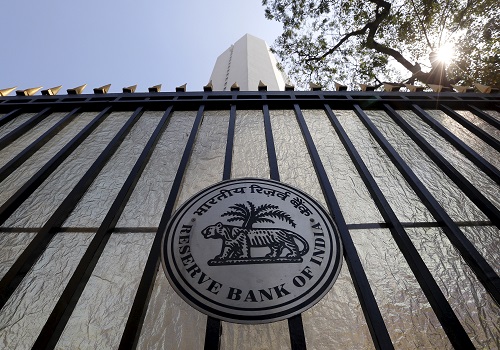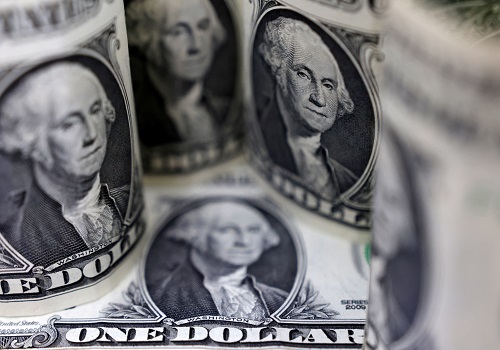Indian Rupee (USDINR) Analysis: Weakening Sentiments Amid Global Uncertainty

Follow us Now on Telegram ! Get daily 10 - 12 important updates on Business, Finance and Investment. Join our Telegram Channel
Highlights
* All-Time Low: USDINR reached an all-time low of 83.78 against the U.S. dollar on Monday
* Previous Close: It opened at 83.78, surpassing the previous lifetime low of 83.7525 from Friday.
* Foreign Outflows: U.S. recession concerns led to worries about foreign outflows from India and emerging markets.
* Global Equity Selloff: Disappointing U.S. jobs report triggered selloffs in U.S. and Asian equities.
* RBI Intervention: The Reserve Bank of India might allow USD/INR to move higher to 83.90.
* Dollar Index: The dollar index dropped to a 20-week low of 103 on recession fears.
* Support and Resistance: USDINR support is at 83.45, resistance at 83.95; breaking 83.95 could push it to 84.10/84.20. The Indian rupee (USDINR) opened at an all-time low of 83.78 against the U.S. dollar on Monday, compared to its previous close of 83.75. This decline saw the rupee slipping past its previous lifetime low of 83.7525, which was hit on Friday. The fall is attributed to concerns over a potential U.S. recession, which has spurred worries about foreign outflows from India and other emerging markets. The selloff in U.S. and Asian equities, following a disappointing U.S. jobs report, has intensified these concerns, causing significant market jitters.
The sharp decline in the rupee may prompt the Reserve Bank of India (RBI) to intervene. According to traders at public sector banks, the RBI might allow the USD/INR to move higher to 83.90 in response to the market's sharp selloff. The central bank's intervention is seen as a necessary measure to stabilize the rupee amidst the ongoing global economic uncertainties.
The dollar index, which measures the value of the U.S. dollar relative to a basket of foreign currencies, fell toward 103 on Monday. This marks its lowest level in 20 weeks, driven by growing concerns over a potential recession in the United States. The weak U.S. jobs report released on Friday showed that the economy added only 114,000 jobs in July, significantly below market expectations of a 175,000 increase. Additionally, the unemployment rate unexpectedly jumped to a high of 4.3%, and wage growth slowed more than anticipated. These factors have fueled speculation that the Federal Reserve might implement deeper rate cuts, with markets now seeing an over 70% chance of a 50 basis point rate cut in September and around 155 basis points of total easing anticipated for this year and next.
Meanwhile, the dollar has continued to weaken against the yen, following a hawkish turn in the Bank of Japan's monetary policy. However, it has gained some ground against risk-sensitive currencies as global economic uncertainties and geopolitical risks in the Middle East have spurred safe-haven demand for the currency.















Tag News

Buy EURINR Dec @ 88.3 SL 88.1 TGT 88.5-88.7. - Kedia advisory





 320-x-100_uti_gold.jpg" alt="Advertisement">
320-x-100_uti_gold.jpg" alt="Advertisement">







